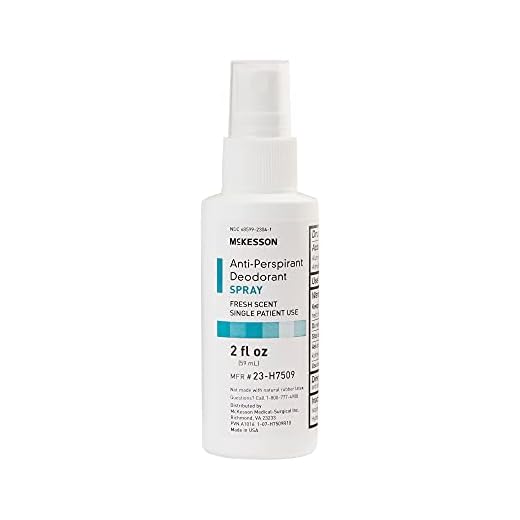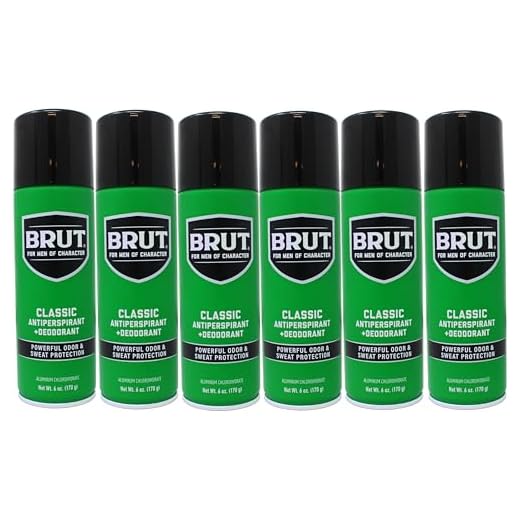



Rule: Containers must be no larger than 100 ml and placed inside a single transparent resealable plastic bag with a maximum capacity of 1 litre. Only one such bag is permitted per passenger; all items must fit comfortably and the bag must be presented separately at security screening.
Containers exceeding 100 ml should be stowed in checked baggage where permitted. Many carriers accept personal-care aerosols in hold baggage up to about 500 ml / 0.5 kg per can, but pressurised or highly flammable formulations are often restricted or prohibited – consult the airline’s dangerous-goods guidance before packing larger cans.
Packing tips: Keep the resealable bag accessible for inspection, ensure caps or protective lids are fitted, keep items in original packaging where possible, and avoid loose uncapped nozzles. Security staff may request removal of the bag or container for separate screening.
If a container is seized at checkpoint, options typically include placing the item into checked baggage (subject to airline rules), discarding it, or returning it to a vehicle. Consider solid or roll-on personal-care alternatives to minimise risk of refusal at security.
UK/EU security limits for aerosols in cabin baggage and airline policy
Keep aerosol containers in cabin bags at 100 ml (or 100 g) maximum per item; all liquid-type items must fit inside a single transparent resealable 1‑litre bag (one bag per passenger) and be presented separately at security screening.
Duty‑free and medical exceptions
Duty‑free aerosols larger than 100 ml are permitted if sold in a sealed tamper‑evident bag (STEB) with the purchase receipt visible and dated the same day; do not open the bag before reaching the final destination. Prescription medical aerosols and inhalers may exceed 100 ml when supported by documentation; present these items and paperwork to security staff prior to screening.
Practical screening checklist
Confirm container volume is printed in ml or g; unlabeled cans risk refusal. Place the single 1‑litre bag on top of other items for separate scanning. If a container exceeds 100 ml and is not in a valid STEB or medical exemption, move it to checked baggage or remove it before the screening point. Consult the carrier’s official dangerous‑goods page for any additional limits specific to the airline before travel.
Permitted container size and total volume for aerosol antiperspirants
Use individual aerosol cylinders no larger than 100 ml (100 g) each; all liquid and aerosol items must fit inside a single transparent resealable plastic bag with a maximum capacity of 1 litre.
Look for a clear volume or mass marking on the container (e.g., “100 ml” or “100 g”). Containers without a visible marking should be assumed non-compliant at security checkpoints. A 100 ml marking is the absolute upper limit per container for cabin carriage under UK/EU security rules.
| Container size | Allowed per container? | Approximate max items fitting in 1 L resealable bag | Notes |
|---|---|---|---|
| 50 ml (or 50 g) | Yes | 6–8 | Small travel cans fit most easily; count depends on shape |
| 100 ml (or 100 g) | Yes | 3–5 | Cylindrical aerosol cans are bulkier; pack flat and upright if possible |
| Over 100 ml / 100 g | No (unless exempt) | 0 | Only allowed if qualifying as medical/baby need or sold duty-free in sealed security bag with receipt |
Exemptions: medicinal aerosols and baby formula/milk are permitted in larger sizes when required; duty-free purchases over 100 ml are allowed if sealed in a tamper-evident security bag with the receipt visible and the seal intact. Security staff may request these items to be presented separately.
Packing tips: verify the ml/g marking, place the resealable bag near the top of cabin baggage for separate presentation, avoid mixing with sharp items that could puncture the bag, and consolidate multiple small containers to leave space for the required resealable bag seal.
Packing method: placing aerosol antiperspirant in a clear resealable bag
Quick steps
1. Put the aerosol antiperspirant upright inside a single clear resealable 1‑litre (1 L) plastic bag; keep the nozzle pointing up and the original cap fully closed.
2. Add a layer of protection: wrap the can in a paper towel or small soft cloth before inserting to absorb minor leaks and prevent scratching neighbouring items.
3. If the cap is loose or missing, cover the actuator with a short strip of strong tape (e.g., duct or packing tape) and then double‑bag the item to contain any accidental discharge.
4. Squeeze excess air out of the resealable bag so the contents lie flat; avoid overfilling–the bag must close comfortably without stress on the seal.
5. Place the sealed bag in an exterior pocket or on top of other items in the cabin bag for easy retrieval during security checks; keep it separate from electronics and sharp objects.
6. If leakage occurs, wrap the can in absorbent material, transfer to a fresh resealable bag, seal both bags, and report the spill to airport staff when presenting the item at security.
Medical and baby aerosol exemptions on the carrier’s flights
Keep medically prescribed aerosols and infant-care pressurised products in their original packaging with a prescription or clinician’s letter; declare them at security for separate screening – volumes larger than 100 ml are permitted when required for medical treatment or infant needs.
Documentation and labelling
Required items: original container with manufacturer label, pharmacy dispensing label showing passenger name when applicable, a dated prescription or clinic letter stating need and dosage, and visible expiry date. For infant items, a passport or proof of age is useful if requested; routine feeding products normally do not need a prescription but must be presented. Controlled medications may require additional import paperwork for the destination country.
Screening, quantity and packing notes
Declare items at the security point; screening may include X‑ray, swabbing or opening containers for inspection. Recommended quantity: sufficient for the flight plus a short buffer (commonly up to 24–48 hours); avoid transporting large spare stocks in the cabin. Checked-baggage rules differ and some carriers limit total pressurised containers or require specific packaging – verify the operator’s policy before travel. Store exempt items in an easily accessible compartment of cabin baggage to speed up inspection. For longer stays consider laundry and care options such as best heat pump tumble dryers.
At security: why aerosol antiperspirants are seized and how to prevent confiscation
Immediate rule: keep only containers labelled 100 ml (or less) in cabin bags; any aerosol above that volume must be placed in checked baggage or bought beyond the security checkpoint.
Common seizure reasons: containers exceed the 100 ml limit; items are leaking, damaged or lack original labelling; product carries a flammable or pesticidal hazard label; liquids presented outside a clear, tamper-evident bag after duty-free purchase; medicinal aerosols without prescription or supporting paperwork; multiple identical pressurised items that exceed airline hazardous-goods allowances.
How to avoid confiscation: verify millilitre marking before packing; use commercially produced travel-size aerosols or solid alternatives (stick/roll-on/tablet) to eliminate pressurised concerns; store duty-free purchases sealed with the receipt and the tamper-evident bag intact; secure caps and check for dents or rust that may trigger inspection; place any medical aerosol in original packaging with a prescription or a doctor’s note accessible for screening staff.
Screening workflow tips: position aerosol items in a front pocket of the cabin bag for rapid removal when requested; present duty-free sealed bags separately so staff can inspect the receipt without opening the seal; if unsure about a container’s classification, move it to checked baggage before arriving at the airport.
Gear suggestions: choose a cabin bag with an external quick-access pocket and a built-in clear pouch to speed up checks – see best luggage gear patrol and best luggage to use when stating in hostels for practical bag options that reduce screening delays.
Low-risk alternatives to aerosol antiperspirants for carry-on
Choose solid sticks, crystal stones or individually wrapped wipes instead of pressurised cans for cabin baggage.
Best low-risk options
-
Solid stick (wax-based): no propellant, negligible spill risk, available in travel push-up cases that sit flat in a pocket.
-
Alum crystal/mineral stone: single hard piece, water-activated, extremely lightweight and compact.
-
Pre‑moistened underarm wipes: single-use sachets reduce mess; choose fragrance-free or alcohol formulations for sensitive skin; dispose after use.
-
Solid balm bars or tins: wax/paste formulas in metal or cardboard containers; apply with fingertips, minimal leakage risk.
-
Powder formulations (compact or loose): long-lasting freshening; store in a rigid case to avoid spill and keep easily accessible for possible extra screening.
-
Solid perfume or fragrance sticks: small scent bars replace liquid sprays for quick refreshes.
Practical tips
-
Avoid roll-ons, gels and cream underarm products when possible, since those are treated as liquids and may be restricted.
-
Keep items in original packaging or label tins to show ingredients and brand if asked during checks.
-
Store wipes and solids in an outer pocket or dedicated pouch for quick access during security inspections.
-
For longer trips, reserve larger aerosol or liquid versions for checked baggage and carry compact solid alternatives onboard.








